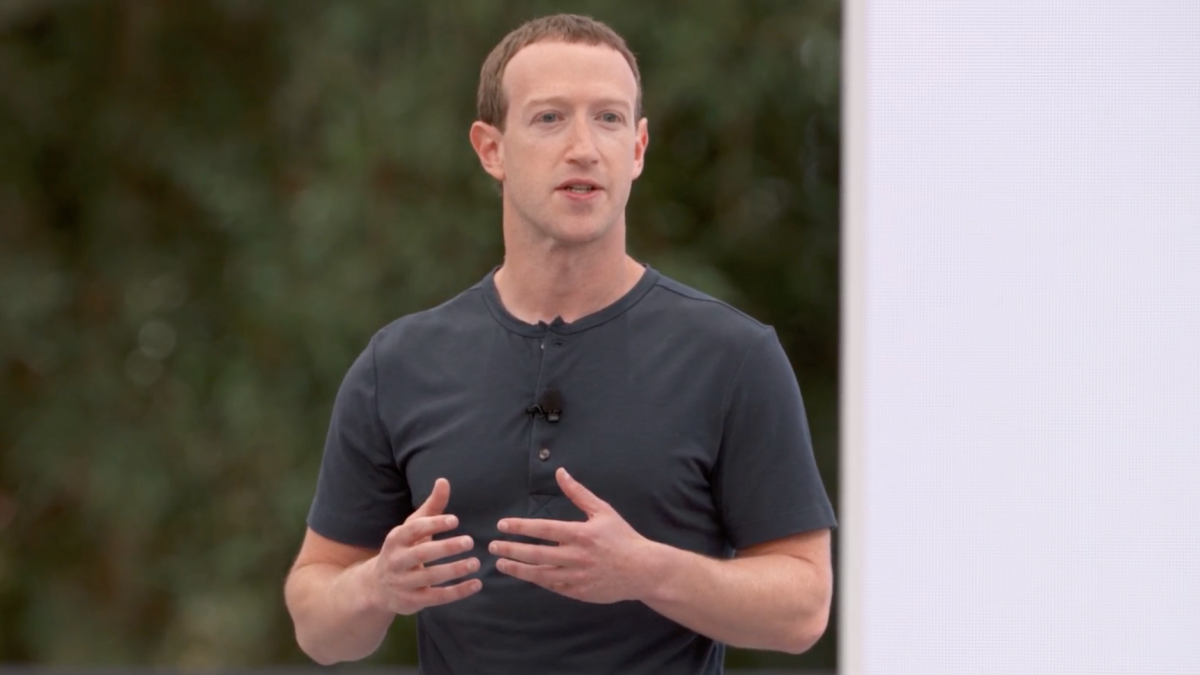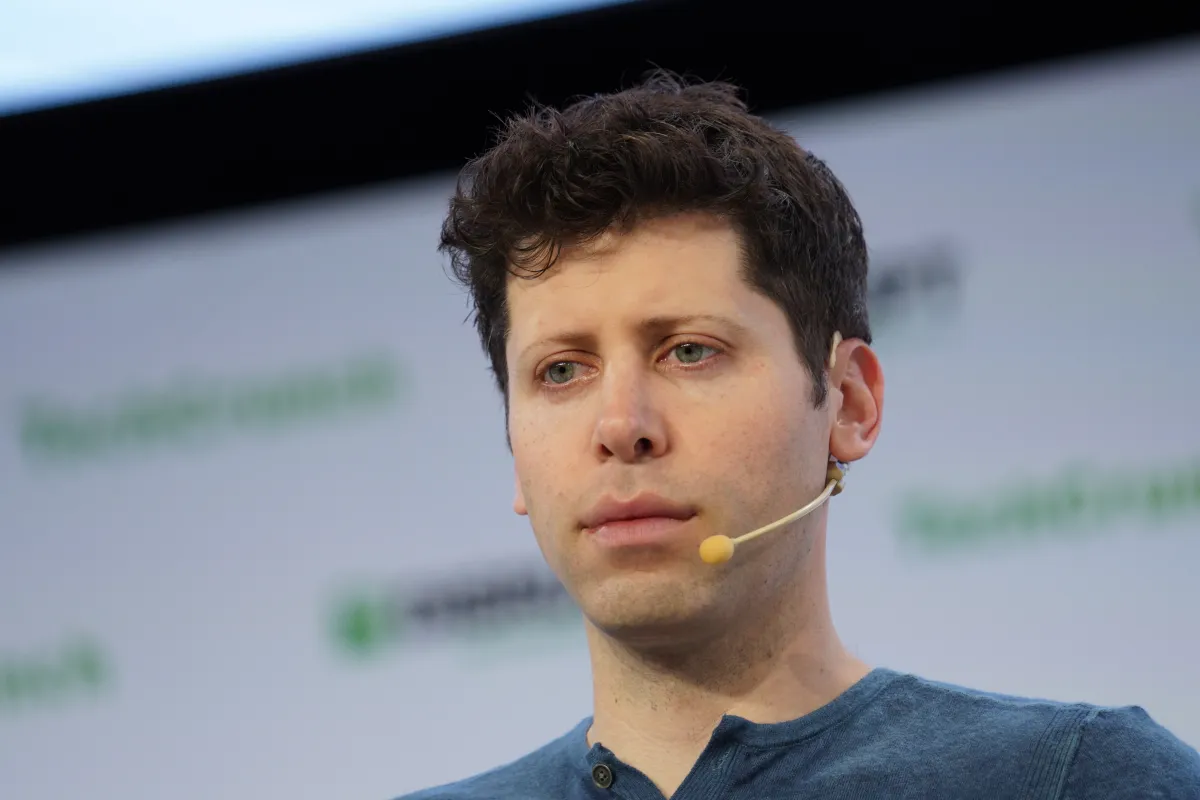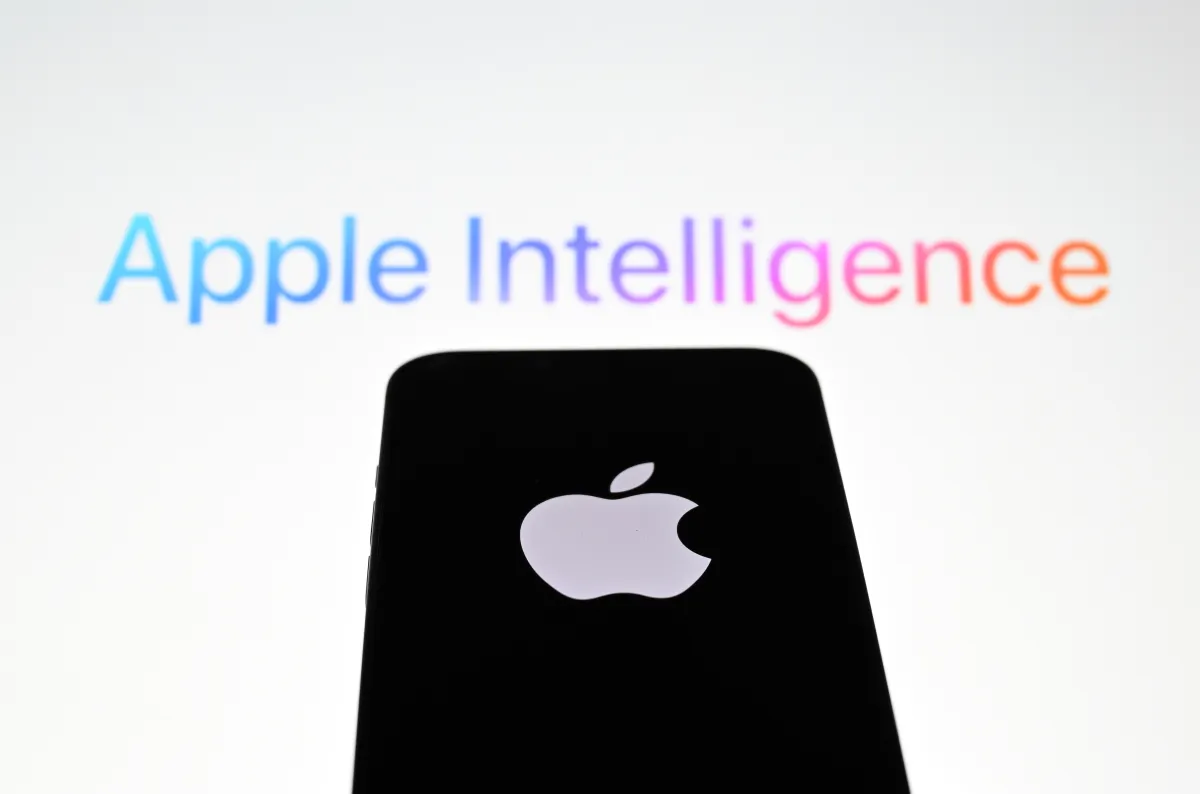BBC News, Johannesburg

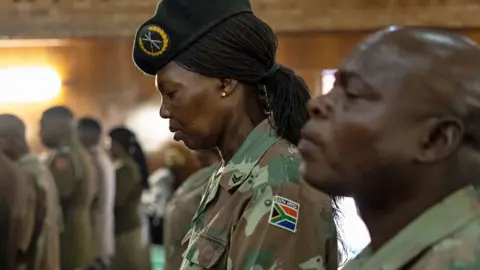 AFP
AFPDiplomatic relations in South Africa have already worsened after President Cyril Ramavusa accused the Rwanda -backed M23 rebel group of killing the peacekeeping forces in South Africa in the Eastern Democratic Republic of the Congo.
When the rebels gained the upper hand on the battlefield by seizing most of Guma – the largest city in the east – South Africa launched a diplomat, warning that other attacks on their forces are a “declaration of war”.
The President of Rwanda Paul Kajami, accusing South Africa of being part of the “warring force” participating in “offensive combat operations” to help the Congolese government “fighting its people.”
A total of 13 South African soldiers have been killed in the fighting since last week, as the rebels advanced the progress of a thunderbolt towards Guma – a major commercial center on the border with Rwanda.
Last year, seven South Africa were killed in the eastern Congo – making it one of the most tragedies related to fighting in the country recently.
South Africa and Rwanda have always had a difficult relationship.
In 2014, South Africa eviction Three diplomats of Rwandi after an attack on the house of Rwandi’s dissident Navi in Johannesburg.
The Kagame government responded by the expulsion of six envoys from South Africa.
The tensions seem to decline after Ramavusa’s visit to Rwanda last year to celebrate the celebration of the thirtieth anniversary of the genocide in which about 800,000 people were killed.

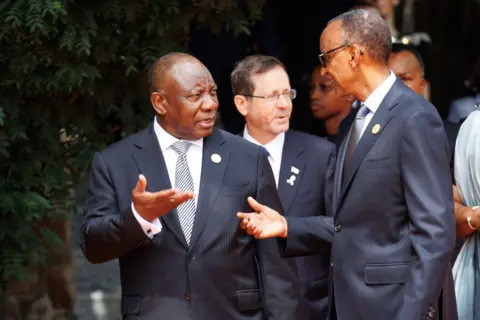 Gety pictures
Gety picturesBut they erupted again, after the death of South Africa, who were deployed in the eastern Congo in December 2023 as part of the regional peacekeeping force sent by the Southern African Development Society (SADC)
South African soldiers are the largest part of the force – known by the SamidRC acronym – which had the task of repelling armed groups such as M23 and bringing peace to the mineral -rich area after decades of turmoil.
It started the latest diplomatic decline with joint participation on the X Ramaphosa page.
In this, the president stressed that he spoke to Kagame about the escalating conflict and that both leaders agreed “on the urgent need for a ceasefire and the resumption of peace talks by all parties for the conflict.”
Ramavusa also insisted, in a later statement, that the presence of South African forces in Dr. Kongo was not “declaring war against any country or country” – a clear reference to Rwanda.
However, South African Defense Minister Angie Machikhaga had a little different, as they told reporters: “There was no hostility between us, because when they were shooting over our heads, the president warned them. [that] If you will shoot, we will take it like a war. “
But Ramavusa went beyond x, Saying that the peace specialists were killed in attacks by M23 – and he clearly added – “Rwanda’s defense militia (RDF).”
This was the anger of Kagame, who said that the data made by South African officials – including Ramavusa – contains lies and distorted.
“The defense force in Rwanda is an army, not a militia,” Kagame answered x.
“President Ramavusa has never given” a warning “of any kind, unless he is delivered in his local language that I do not understand. He has asked for support to ensure that the South African power has electricity, food and sufficient water, which we will do help in communication.
President Ramavusa confirmed that M23 did not kill soldiers from South Africa, [the Conglese army] Kajami said:
He added that the regional peacekeepers – who included forces from Tanzania and Malawi – were a “fighting force” operating alongside “armed groups of genocide” that targeted Rwanda, and had no “place in this position.”
Kagame closed its lengthy statement by saying that South Africa was “no position to take over the role of the peacemaker or mediator” and if the country wanted to confront, Rwanda “will deal with the matter in this context on any day.”
Kagame’s comments clearly suggested that he wanted South Africa to retreat from Dr. Kongo, as its military involvement dates back to the late 1990s.
It first joined the United Nations peacekeeping mission, Monusco, after the end of the apartheid system of the Apartheid in 1994.
At that time, the South African Army had just come out of the “very racist war force” to “the power of peace time” left to address with low financing and “the lack of a political trend”, Thomas Mandboub, A, and a associate professor at the University of Stelinbush said In the country, for the BBC.

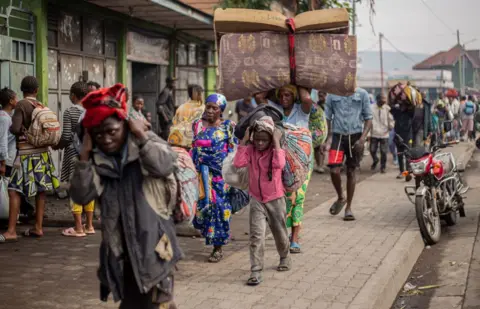 AFP
AFPWhile South Africa said that her participation in Dr. Congo was guiding her need to “contribute to the stability” of his colleague in SADC, Defense analyst Din Winjreen said that the country’s economic interests had also affected its decision.
The Democratic Republic of the Congo is a very large commercial partner with [us] Because the eastern Democratic Republic of the Congo is very rich in minerals. “We import a lot of minerals … from the Democratic Republic of the Congo, so South Africa has an interest in the Democratic Republic of the Congo,” he told the BBC.
While the Monusco mission was largely about keeping peace, the escalating tensions in the region led to the establishment of a brigade in 2013 to “actively participate” with the numerous armed groups in the eastern Congo.
This intervention achieved a preliminary success in replying M23, the most prominent rebel group.
This was partially due to the deployment of the South Africa attack plane – which had a “devastating effect” on the M23 in a short period of time, according to Mr. Wingerin.
Then the rebel group then melted and later expelled it from the eastern Congo – until its last return, which it witnessed a large part of the area.
However, the South African army was not in its position, this time, to thwart the progress of the rebel group as it lost the power of the air.
“Unfortunately, the South African budget has continued to decline over the years. The Air Force could not afford to maintain Roiveers,” said Mr. Wingerin.
“We miss the vital Aircover that would have been very useful a few days ago, but it’s very late,” he said.
Mr. Mandboub has expressed a similar view, saying that South Africa deployed its forces in 2023, ignoring the warnings that “you did not get the necessary capabilities, the defense force is in a state of chaos while you are facing a much better opponent than 2013.”
He added that it was difficult for South Africa to restore their forces at this stage because “the forces are closed and caught in two bases.”
“They cannot go out, and get Aircover [or] Reinforcements. “They cannot even get the wounded,” he said.
Ramavusa seems to agree, saying in a statement that the situation in the area was “tense, volatile and unpredictable.”
Nevertheless, any decision to withdraw the South African forces from Dr. Congo lies in the end with SADC since SamidRC was published by the 16 -member regional bloc.
There are reports that SADC is scheduled to make this decision at Friday’s summit.
For Mr. Wingerine, the South African government was needed to “seriously meditate” on its military participation in Dr. Kongo.
“Is it something they want to pay at any cost and what it deserves to South Africa to die sons and daughters away?” He asked.
Therefore, the President of South Africa appears to have a difficult option – his soldiers in Dr. Congo and risk kept more deaths, or embarrassment from their withdrawal, and after negotiating a safe passage for them with Rwanda.
You may also be interested in:

 Getty Images/BBC
Getty Images/BBC
https://ichef.bbci.co.uk/news/1024/branded_news/e584/live/788dfe10-df1a-11ef-a819-277e390a7a08.jpg
2025-01-30 16:45:00

